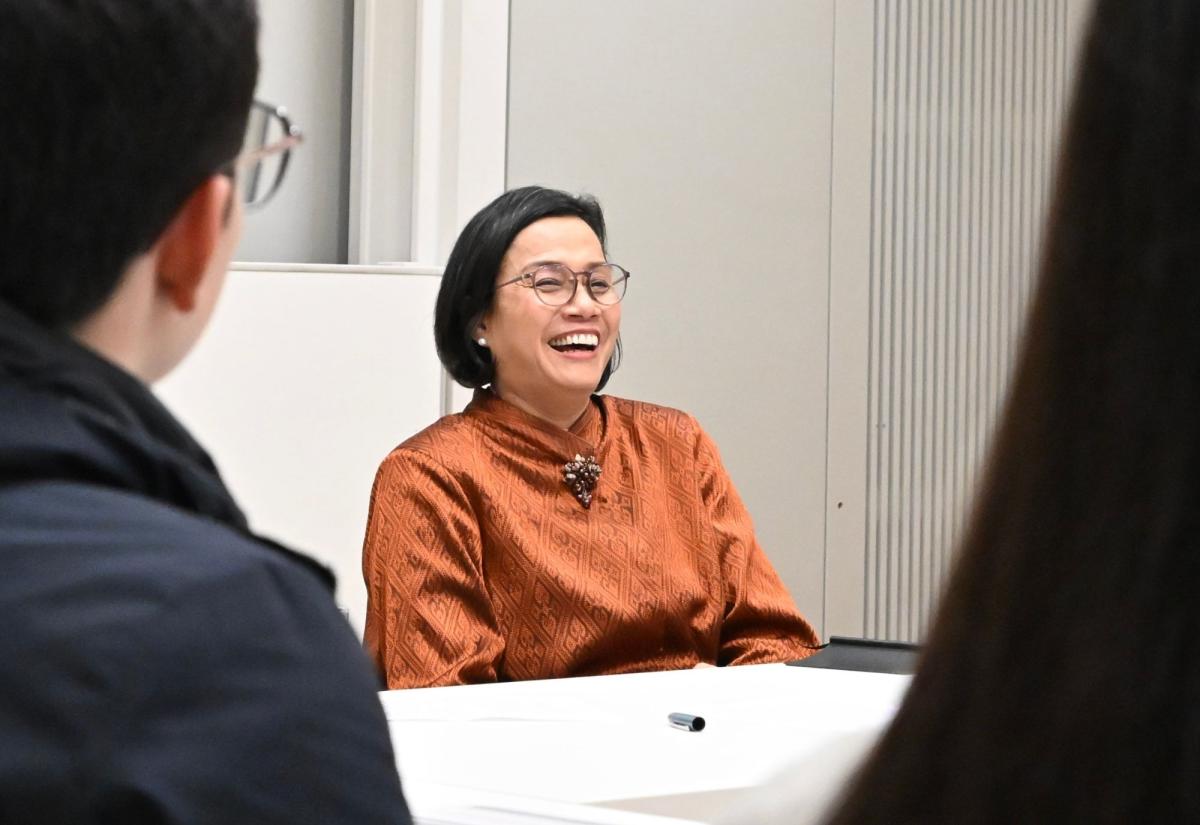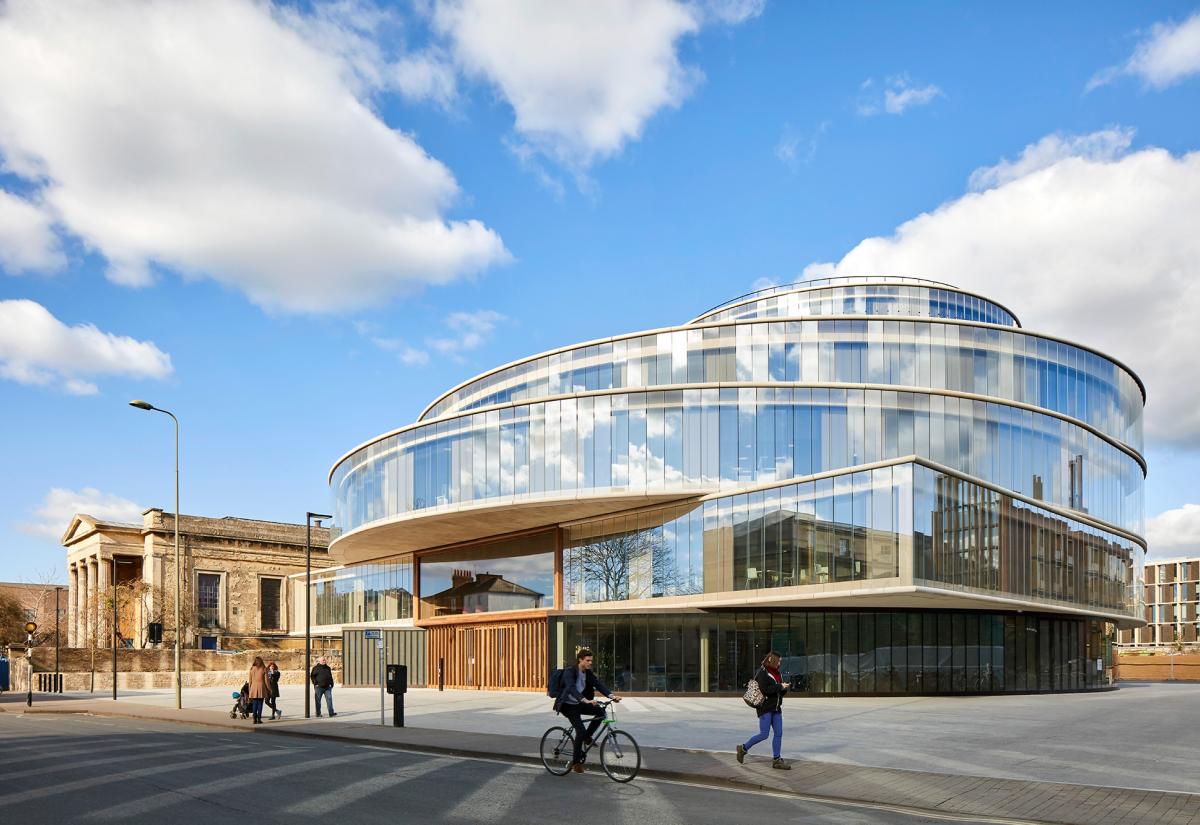Work has now started on the Blavatnik School’s new building, following the approval of its planning application last month. The building is to be sited on Oxford University’s Radcliffe Observatory Quarter (ROQ), and is one part of a major redevelopment of the site.
The site has a rich history, having formerly been the location of the Radcliffe Infirmary and the Oxford Eye Hospital. (A history of the site has been compiled by the University of Oxford, as part of its documentation for the site’s masterplan. A history of the hospital is available on the NHS’s website.)
With the University’s proposals for redevelopment of the ROQ as a new hub of intellectual activity, library services and administrative support, various carefully supervised excavations of the site have taken place over the past few years. These have discovered significant archaeology, including prehistoric and early Saxon activity (most of which has now been fully excavated), as well as burials, dating between 1770 and 1855 when there was a burial ground established for the Radcliffe Infirmary.
Much of the area identified for the Blavatnik School building is on the site of the former Radcliffe Infirmary burial ground. The School has therefore been working closely with Oxford Diocese and the City Council to ensure the excavation of the site is carefully managed. A team of archaeologists from Oxford Archaeology is currently working on the site to carry out the process of exhumation, analysis and reburial of any remains found in the area. This is the first stage of preparing the land for its official groundbreaking and start of construction, in September this year.
Dan Poore, Head of Fieldwork and Contracts at Oxford Archaeology, explained about the process: “These kinds of excavation projects are closely regulated and in this case we are working in accordance with the requirements of the Consistory Court of the Diocese of Oxford, the Ministry of Justice and the Oxford City Planning Department. This isn’t the first time the site has been disturbed by building activity. For example, in 1834-5 part of the burial ground was given over for the building of St Paul's Chapel (Freud café today), and in the early 20th century (when the site was under the control of the Infirmary) an extension to the Eye Hospital was built, which almost certainly disturbed a number of burials. Any remains we find will be carefully catalogued, analysed and then stored until they can be reburied in consecrated ground. At all times the human remains are treated with due care and decency, and the site will be respectfully protected from public view.”
He added, “The burials offer us a very good opportunity to answer many important questions about 18th and 19th century medical practice and, more generally, health and population diversity in Oxford during this time period – information that is relatively scarce, particularly in contrast to other parts of the country.”
The archaeological dig is expected to run for six to eight weeks. Once all the scientific examinations have been completed, the remains will be re-buried in consecrated ground in Botley cemetery (located about two miles to the west of the location where they were found). Memorial plaques, at the new burial ground and the site of the former burial ground will be erected to commemorate the individuals.
The months of July and August (2013) will also see the erection of temporary hoarding walls, while the old stone wall along Walton Street is removed and more permanent safety hoardings are put in place. Oxford Archaeology will produce a final archaeological report of their activity on the site, which will include an archive record, description and photographic montage of the wall. Parts of the stone wall of archaeological interest will be retained, as the School is considering options for this to be incorporated into the landscape of the new development.
The building’s foundation works are expected to begin in late summer, once this excavation process is complete. Following that, the main structural work for the building will begin in spring 2014; and then the external glazing will be put in place from late summer 2014 to early 2015. The School expects to be operational and welcoming its fourth cohort of Masters of Public Policy students in the late summer of 2015.
Photo credit: Oxford Archaeology
Recent news
MPP and MSc alumnus Carlos Santiago Guzmán wins the inaugural Michael Cichon Graduate Award
Carlos Santiago Guzmán Gutiérrez, an alumnus of the Master of Public Policy and the MSc in Public Policy Research, has received the inaugural Michael Cichon Graduate Award for outstanding master’s thesis in Social Protection. The award recognises his MSc thesis, “Universal Social Protection Schemes in Forced Displacement Settings: Evidence from Colombia.”



